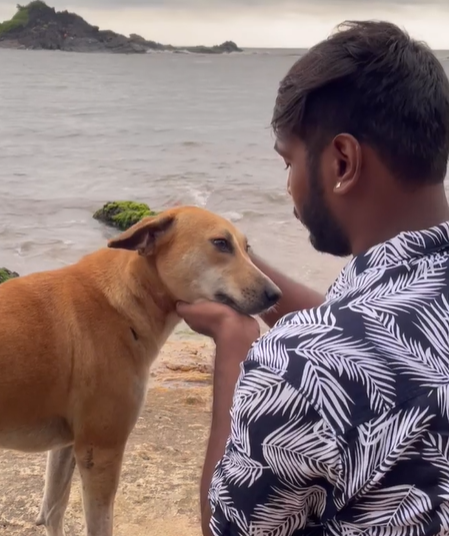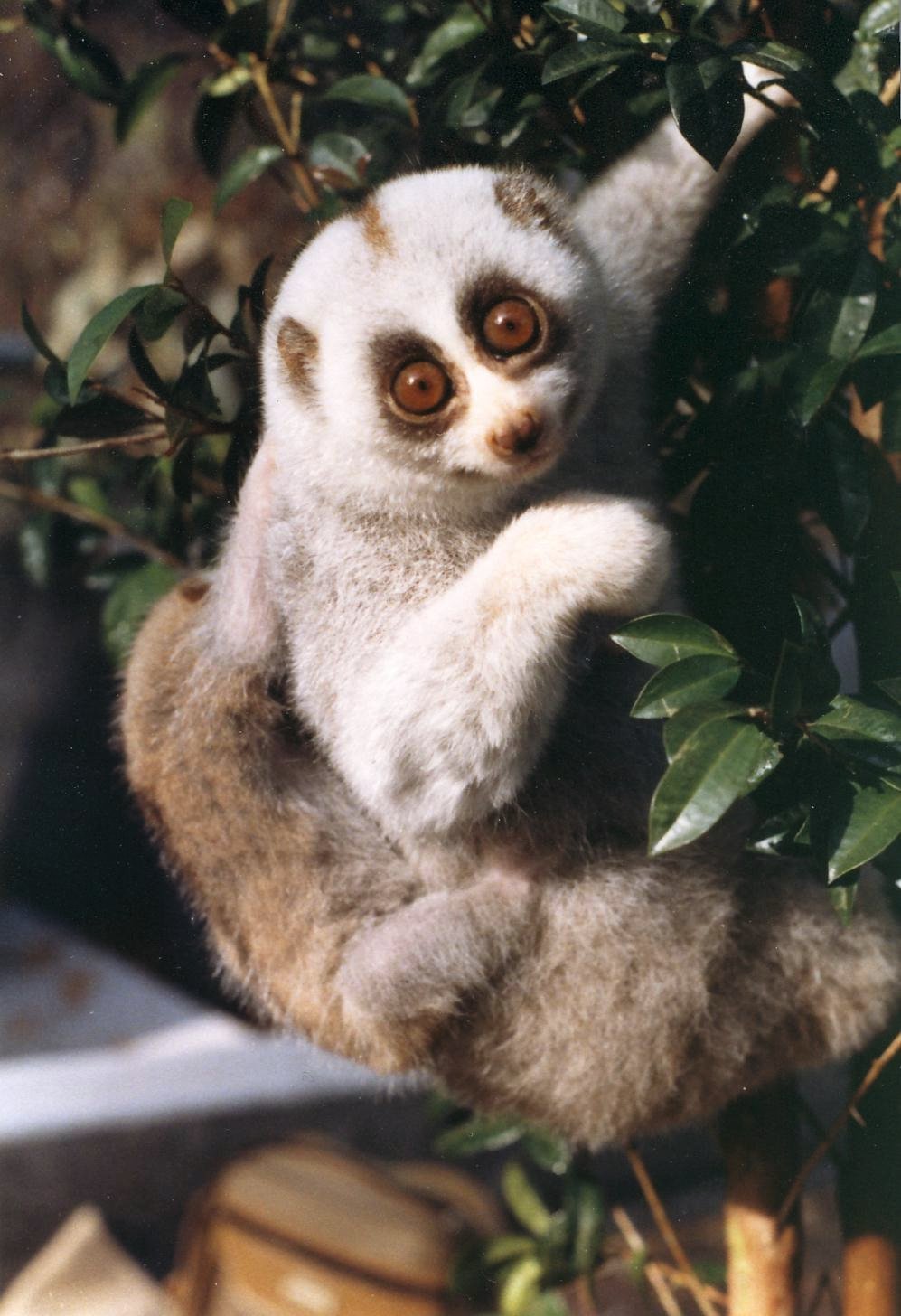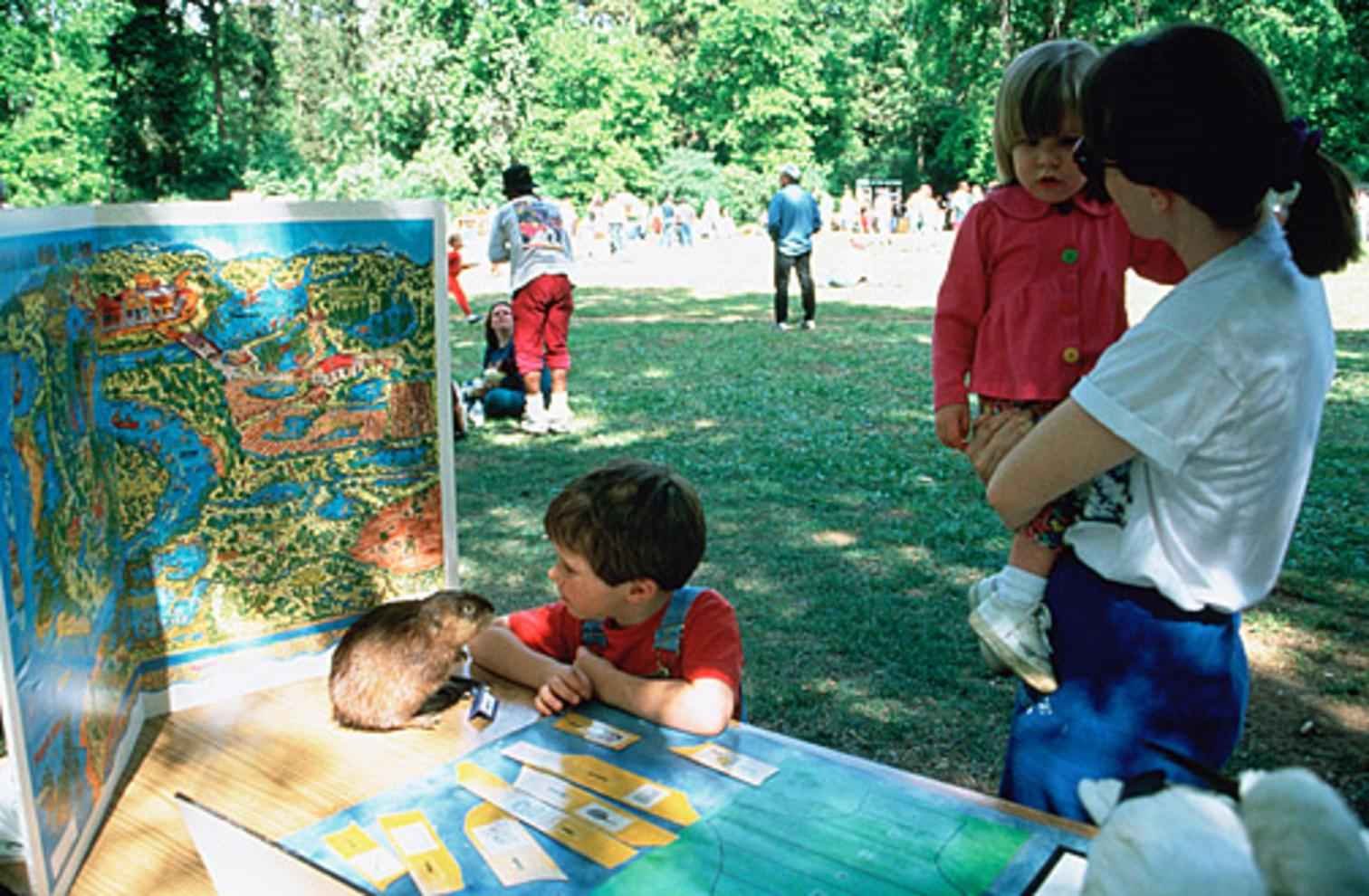Have you ever wondered why we rush to rescue a stranded puppy but barely blink at the plight of a struggling insect? The answer may lie deeper than mere preference—it could be hardwired into the way we see the world. Our brains are remarkably sensitive to faces and forms that remind us of ourselves, and this visual empathy shapes our compassion in surprising ways. The world teems with life, yet our hearts often open widest to animals that mirror our own appearance or emotions. What does this mean for the countless creatures that don’t fit our familiar mold? Let’s journey through the strange, touching, and sometimes uncomfortable truths behind how looks can trigger kindness—or leave some beings out in the cold.
The Power of a Familiar Face
Humans are naturally drawn to faces. From the moment we’re born, we seek out eyes, smiles, and expressions that feel familiar. This isn’t just a quirk; it’s a survival tool that helps us bond with caregivers and build social networks. When we see animals with expressive eyes, soft fur, or gentle faces, we instinctively feel a surge of warmth and protectiveness. It’s no wonder that dogs, cats, and even baby seals inspire such powerful compassion. Their rounded features and visible emotions echo our own, stirring empathy almost automatically. This deep-rooted response often overshadows logical reasoning, making us more likely to help creatures that “look like us” even when others need help just as much.
Anthropomorphism: Seeing Ourselves in Others
Anthropomorphism is the tendency to attribute human traits, emotions, or intentions to non-human entities. This habit can be endearing, causing us to see our pets as family members or to imagine cartoonish personalities in wild animals. Scientific studies have shown that people are more empathetic toward animals they perceive as having human-like qualities, such as visible facial expressions or upright posture. For example, the giant panda’s “sad eyes” and rounded face make it a global symbol of endangered species, while animals like snakes or spiders, lacking these features, often evoke fear or indifference. Anthropomorphism can be a double-edged sword—helping us care more, but sometimes blinding us to the needs of less “relatable” creatures.
The Science Behind Visual Empathy

Neuroscientists have discovered that certain regions of the brain, such as the fusiform face area, are specialized for recognizing faces. When we see an animal with facial features reminiscent of our own, these brain regions light up, triggering emotional responses. Experiments using brain imaging reveal that people react more strongly to suffering in animals with expressive faces than to those without. This visual-emotional link is so powerful that it can even influence charitable donations or conservation efforts. It’s not just about feeling sorry for a cute animal—it’s a biological reaction that shapes our actions and priorities, often without us even realizing it.
Kindness Bias: Who Gets Our Sympathy?
Our empathy isn’t distributed evenly across the animal kingdom. Mammals with large eyes, rounded faces, and forward-facing features consistently win our affection. Think of the universal appeal of baby animals—puppies, kittens, and even baby elephants melt our hearts with their “cute” proportions. By contrast, animals with vastly different features, such as insects, reptiles, or fish, are often overlooked or even reviled. This bias affects everything from which animals get adopted in shelters to which species are chosen as conservation mascots. The creatures that don’t resemble us—or that trigger discomfort—may struggle to win our kindness, even when they play vital roles in the ecosystem.
Unusual Examples: When the Unfamiliar Wins Us Over

Occasionally, an unlikely animal captures public sympathy despite not fitting the typical “cute” mold. The plight of the pangolin, for example, has recently gained attention due to its endangered status and unique appearance. Social media campaigns and documentaries have helped people see the value and vulnerability of this scaly mammal, despite its lack of familiar features. Similarly, the slow loris, with its wide eyes and gentle movements, became an internet sensation, though its natural history is quite different from domesticated animals. These exceptions prove that our capacity for empathy can stretch—sometimes with the help of storytelling or education that highlights their struggles in ways we can relate to.
The Role of Media and Storytelling
Media plays a huge role in shaping our perceptions of animals. Documentaries, viral videos, and children’s books often focus on creatures with expressive faces and relatable behaviors. Through clever storytelling, these animals are given voices, backstories, and even emotions that mirror our own. This not only boosts empathy but can also drive action, such as support for conservation efforts or animal welfare campaigns. However, media can also reinforce stereotypes, leaving “unattractive” or misunderstood animals out of the spotlight. It’s a powerful reminder that what we see—and how it’s presented—can change the way we feel and act.
Cultural Differences in Animal Empathy
Not all cultures value the same animals or express empathy in the same ways. In some societies, cows are sacred; in others, they’re a food source. Certain cultures revere animals like snakes or birds for their spiritual significance, while others may fear or ignore them. These differences often reflect deep-seated beliefs, traditions, and environmental relationships. What’s considered “cute” or “worthy” of kindness can shift dramatically depending on cultural context. This diversity challenges the idea that empathy is purely based on visual similarity, suggesting that learned attitudes and values also play a major role.
Beyond Appearances: The Science of Animal Intelligence
Recent research has revealed surprising intelligence and emotional depth in animals often overlooked due to their appearance. Octopuses, for example, display remarkable problem-solving skills and even playful curiosity, despite their alien-like bodies. Crows and parrots have demonstrated the ability to use tools and understand complex concepts. These discoveries challenge our assumptions that only animals who look or act like us are deserving of empathy. As science uncovers more about the minds of “unfamiliar” creatures, it becomes harder to justify our selective kindness based on looks alone.
Empathy for All: Expanding Our Circle of Care

Learning about the lives and needs of diverse creatures can help us expand our empathy beyond the familiar. Programs in schools and zoos now encourage children to appreciate the role of insects, amphibians, and reptiles in maintaining healthy ecosystems. By fostering curiosity and respect for all forms of life, these efforts aim to cultivate a broader sense of responsibility. In some communities, citizen science projects invite people to observe and protect local wildlife, regardless of how “cute” or “relatable” they might seem. The more we learn, the more our circle of care can grow.
The Moral Challenge: Rethinking Who Deserves Kindness
The question of who deserves our kindness is more than an emotional impulse—it’s an ethical dilemma. Philosophers and animal rights advocates have long argued that all sentient beings, regardless of appearance, deserve moral consideration. Yet, our everyday actions often betray a bias toward the familiar and the adorable. This contradiction challenges us to reflect on the true meaning of empathy and compassion. Can we learn to care for creatures that don’t look like us, or are we forever bound by the limits of visual empathy? The answer may shape not only our relationship with animals but with the natural world as a whole.
Reflections on Visual Empathy and Our Shared Future
Visual empathy is a powerful force, guiding our hearts and shaping our choices in ways we rarely notice. It connects us to the animals we love, but it can also create invisible boundaries that leave many creatures without our care. As science reveals the intelligence, emotions, and importance of all living beings, we are called to look beyond appearances and question our instincts. By embracing a deeper, more inclusive empathy, we have the chance to build a kinder world for every creature—no matter what they look like. Are we ready to expand our kindness beyond the mirror?


